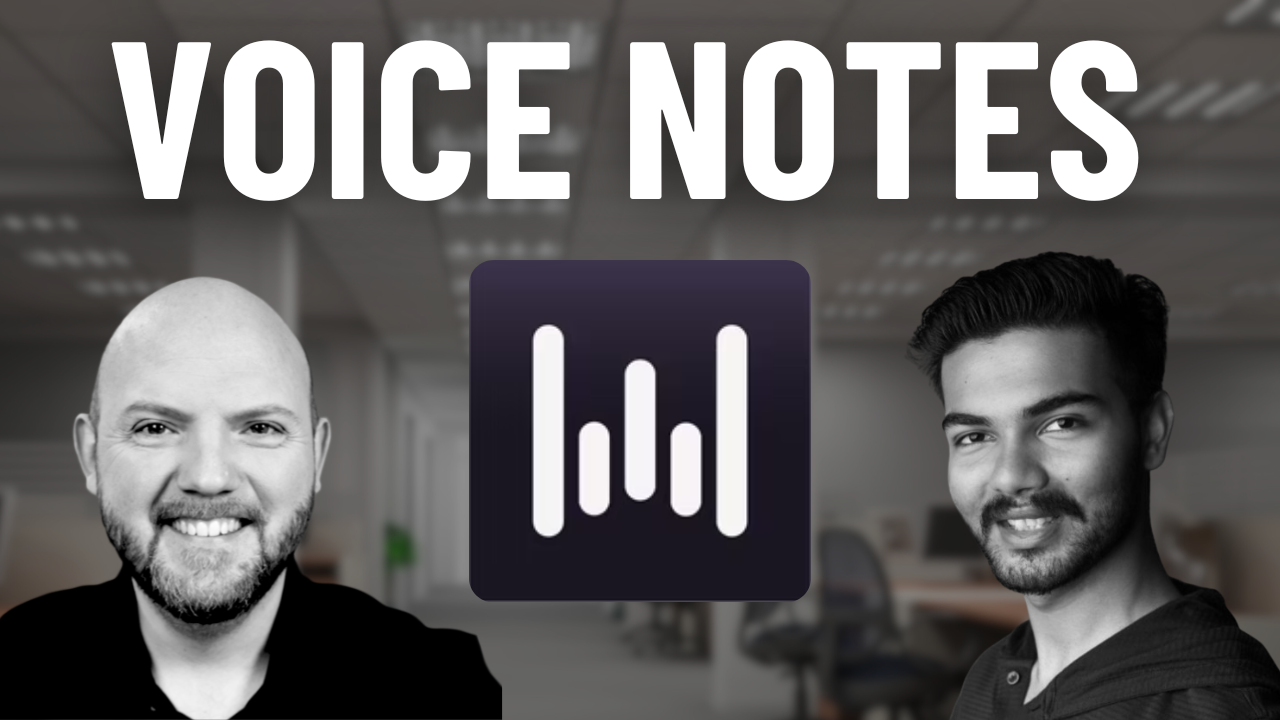In this Productivity like a Pro Podcast Episode by the Paperless Movement®, Tom Solid and Paco Cantero explore a hot topic for Busy Professionals: the critical differences between Task Managers, Planners, and Calendars, using Todoist and Sunsama as prime examples. What starts as a comparison evolves into a powerful discussion about how professionals can avoid chaos and confusion by clearly separating Task Management, Time Management, and Project Planning—and how the ICOR® framework helps structure this clarity.
Why the Difference Between Task Managers and Planners Matters
Tom and Paco begin by addressing the confusion many tools create by trying to be all things at once. Sunsama, originally a Planner app, now labels itself a Task Manager. This shift raises concerns because, as the hosts point out, each tool serves a different function. Todoist, for example, is purpose-built for Task Management—it offers a quick, clean, and database-driven interface to capture, sort, and complete tasks. It’s ideal for personal to-dos and small, manageable lists.
Sunsama, on the other hand, is a Planner. It integrates tasks from various tools and helps you map them against your calendar and available time. But it’s not meant to store all tasks—only the ones you’re actively working on. This separation is key to avoiding overwhelm.
Calendars Are Not for Managing Tasks
Another point of confusion: calendars are for events, not tasks. Paco emphasizes that dragging every task into your calendar doesn’t solve the problem—it creates chaos. A task list can be infinite. Time, on the other hand, is limited. Trying to block every minute with a task leads to rigidity and stress, especially when things inevitably go off track.
The ICOR® methodology helps solve this by clearly identifying three key elements: tasks, events, and time. Each has a role in your productivity system, and understanding these distinctions leads to better decisions about which tool to use, and when.
The Role of the Planner in Modern Workflows
Sunsama shines when it’s used as a true Planner. It consolidates tasks from tools like ClickUp, email, and linear workflows, and helps you schedule them against your real calendar constraints. This enables you to prioritize based on actual availability, not guesswork. It also allows for flexibility—you can react quickly to unexpected changes and rebalance your week without losing sight of what matters.
But the moment a Planner like Sunsama starts adding features like backlogs and extensive task creation, it risks becoming a messy hybrid. That’s what Tom and Paco caution against. Instead, they argue for maintaining tool boundaries: use Todoist for tasks, your calendar for events, and Sunsama for planning.
AI and the Illusion of Effortless Productivity
The episode also tackles a rising trend: AI-driven auto-scheduling tools like Motion and “Timeboxing 2.0.” While these promise to automate planning, Tom and Paco argue that they often create more problems than they solve. Real life is complex and unpredictable. No AI can currently account for the nuanced decisions Busy Professionals make daily.
Instead of replacing manual planning, the better path is building strong routines that let you manage context and complexity intentionally. That’s where the Paperless Movement® system excels—offering clarity through structure, not complexity through automation.
Build a Productivity System That Works
If you’re tired of juggling tools and still feeling overwhelmed, it might be time to build a true end-to-end productivity system. The Paperless Movement® Membership offers deep-dive courses on Note-Taking, Personal Knowledge Management, Task Management, Project Management, and more—all based on the proven ICOR® framework.
Learn how to take control of your tools, your time, and your tasks with a system that actually works for Busy Professionals.
Explore the Paperless Movement® Courses today.



